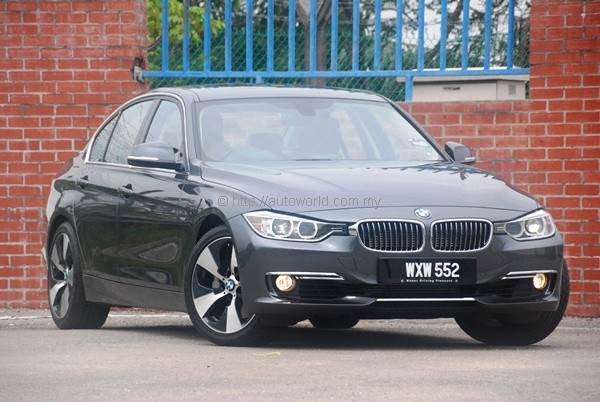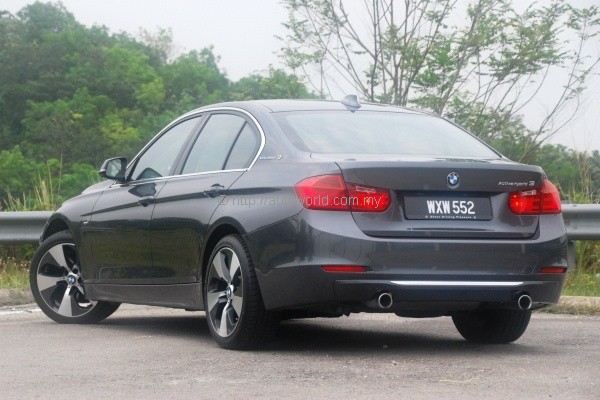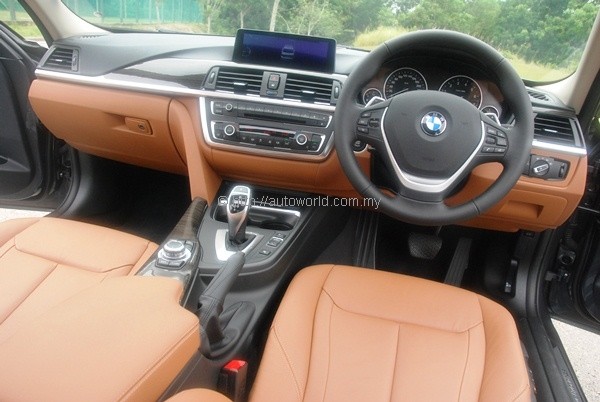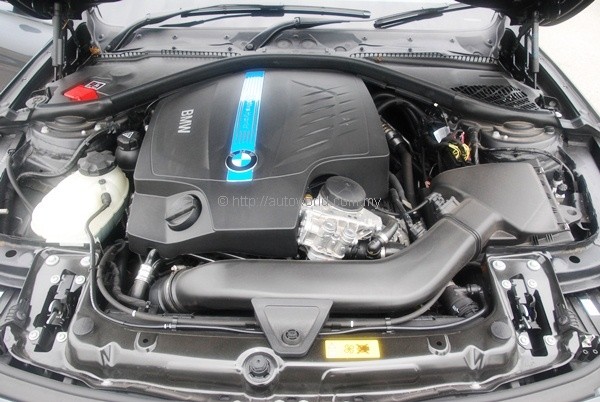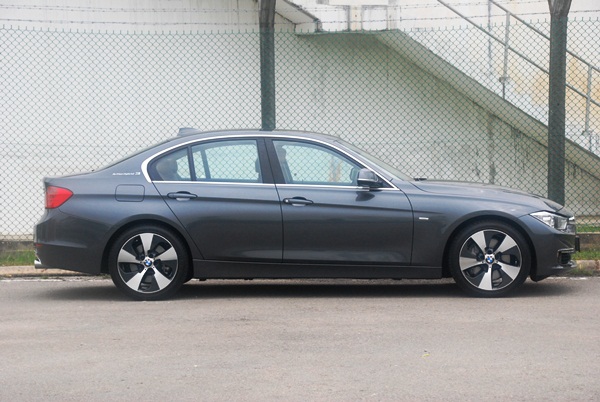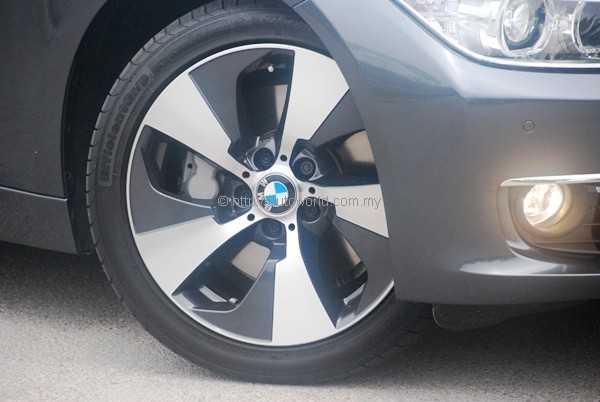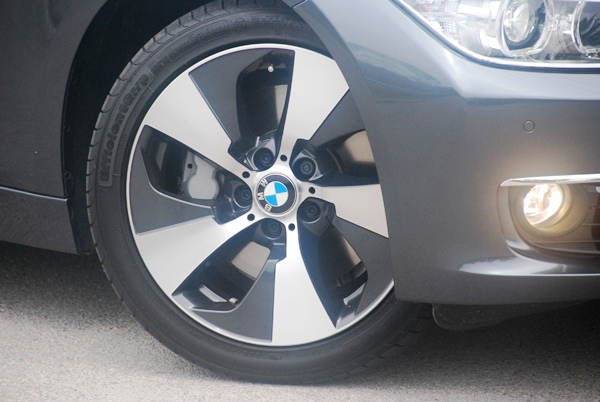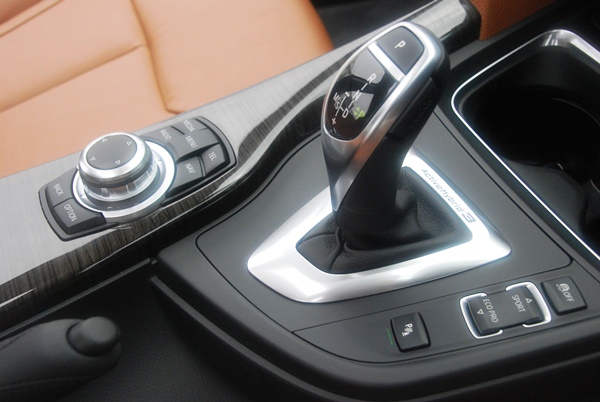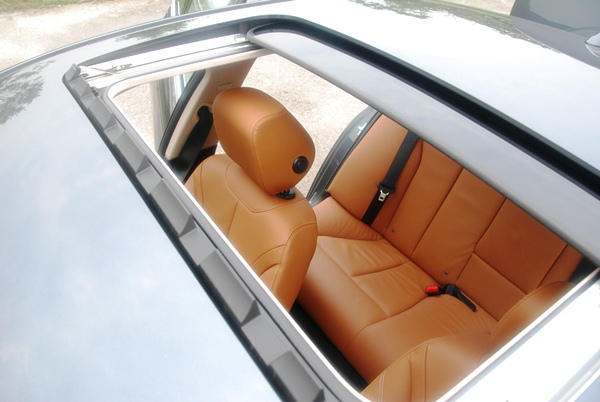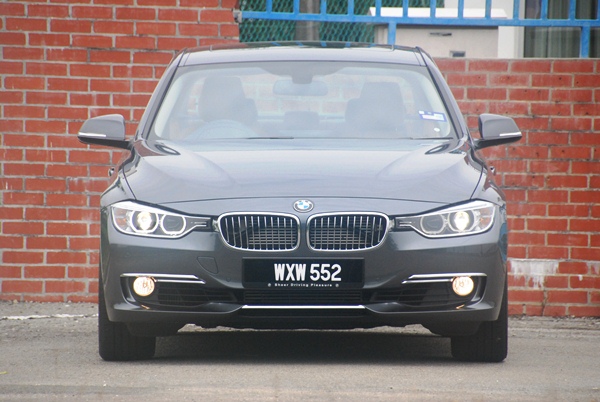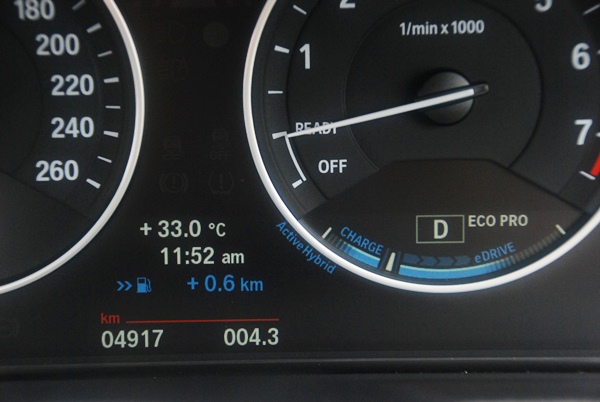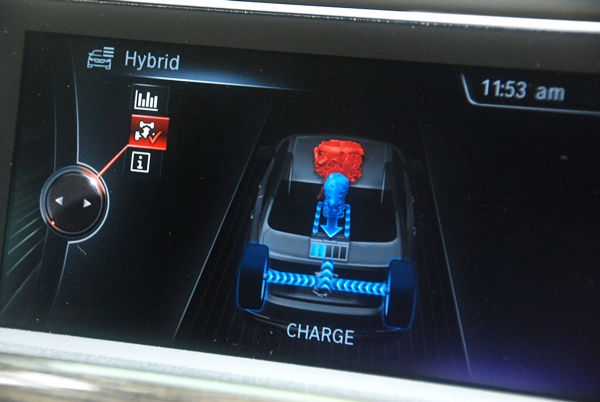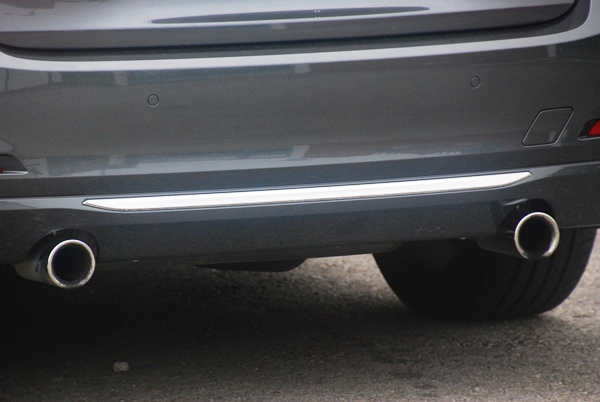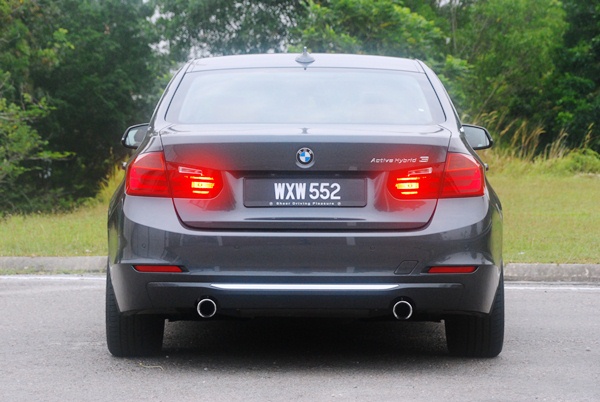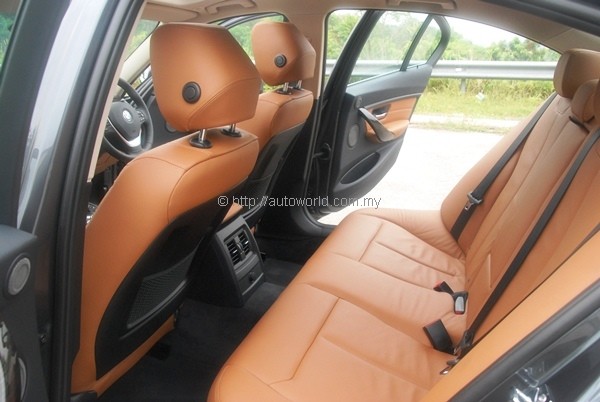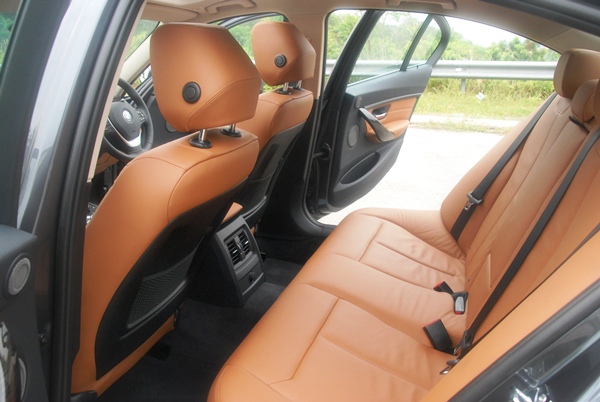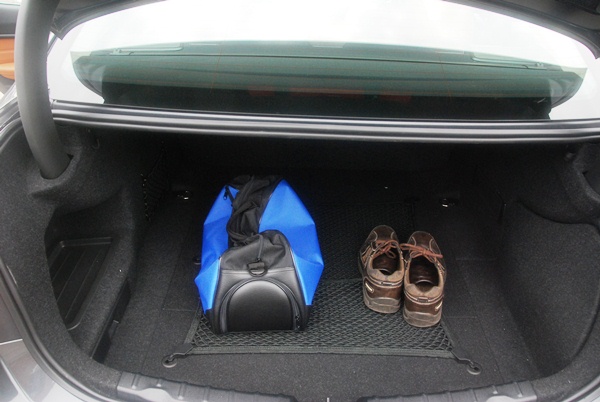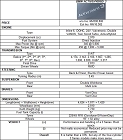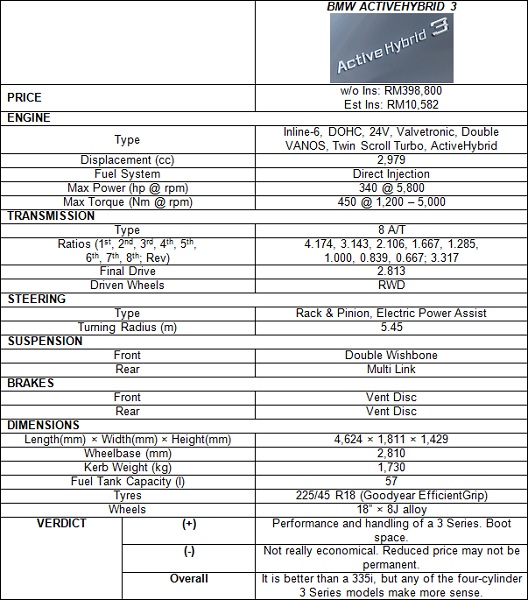BMW ActiveHybrid 3 (F30) Test Drive Review
BMW launched the ActiveHybrid 3 last October with a considerable price tag of RM538,800, but by January this year, the company was able to work some magic with the Government, and the result was that both the ActiveHybrid 3 and ActiveHybrid 5 enjoyed generous 50% reduction in duties, their respective prices coming down to RM398,800 and RM498,800.
This reduction was granted on a special one-off basis, and applies only to the AH 3 and AH 5 on the basis that BMW has invested heavily on CKD production of the 3 Series and 5 Series in Malaysia. The ActiveHybrid 7, for example, does not enjoy similar breaks because BMW imports the petrol-powered 7 Series variants from Thailand. It’s not a reasoning that makes a lot of sense with us either, but hey, why complain when you have a lower price tag to enjoy?
Together with the full duty exemption enjoyed by sub-2,000cc hybrid cars, the ActiveHybrid’s 50% tax discount is for the moment valid only for this year and what happens after 31 December 2013 is anyone’s guess. Within the family, the ActiveHybrid 3’s new price tag undercuts the 335i by a RM90k margin, effectively killing the latter’s business case in our market. For the moment, BMW is selling the 335i on a per order basis – they will ship it in only after you order it.
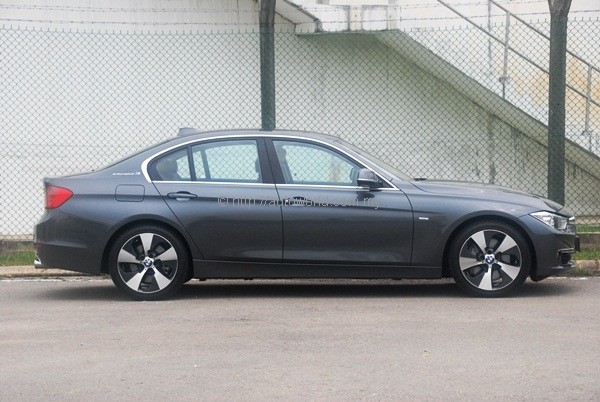 |
Specifications
The BMW ActiveHybrid 3 is, for all intents and purposes, a 335i with an electric motor shoehorned into the housing of its ZF-sourced 8-speed automatic transmission. Like it does in the 335i, the award-winning 3.0-litre N55 petrol engine supplies 306hp and 400Nm to the cause, but this time its efforts are complemented by a 55hp and 210Nm contribution by the electric motor to the equation, with the net result being a combined system output of 340hp and 450Nm.
Electricity for the motor is stored in a 96-cell lithium-ion battery with a rated voltage of 317V. For limited distances, it is able to support the ActiveHybrid 3 in full EV mode at speeds up to 75kph. With Drive Experience Control set to Eco Pro mode, the AH 3’s power electronics can engage coasting mode with its petrol engine disengaged at speeds up to 160kph. The coasting function does not activate in Sport and Sport+ modes.
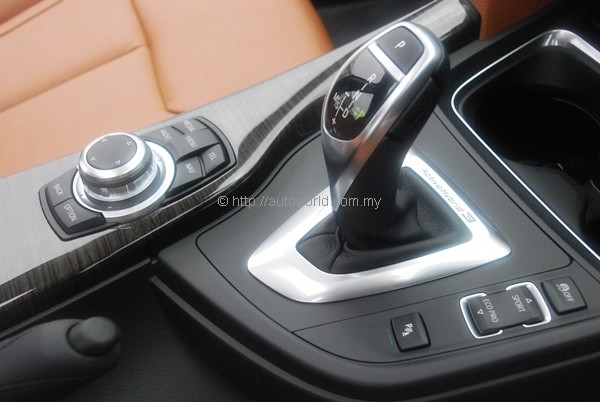 |
| Centre console is almost identical to the standard F30, but notice the ‘ActiveHybrid 3′ engraving. |
BMW put in a lot of effort to make the ActiveHybrid 3 as efficient as possible, but if you bought one of these things expecting the fuel consumption of a Prius, you’re setting yourself up for disappointment. Official numbers on the specs sheet print 5.9 l/100km and 139 g/km on the combined cycle; almost the same as what you get with the 320i, which costs 40% less.
The ActiveHybrid 3’s objective is not to be outright miserly, but rather to deliver blockbuster performance at moderate efficiency. To quote the 320i again, BMW’s entry level 3 Series needs 7.6 seconds to complete the century sprint before running out of puff at 235kph. The ActiveHybrid 3 needs only 5.3 seconds for the sprint and has to be electronically limited to 250kph. Put it another way, you’re getting 335i performance with 320i economy, or so the brochure claims.
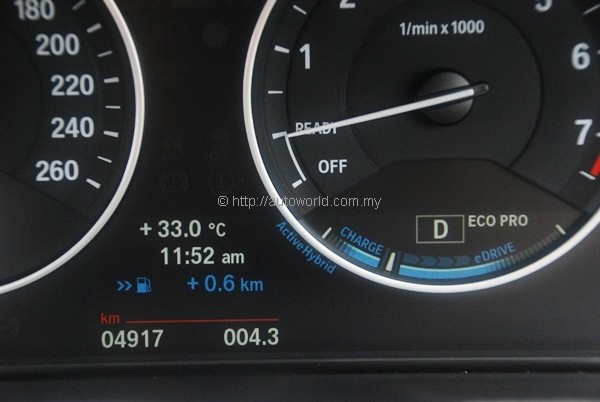 |
| Displays on the instrument cluster allowing you to monitor the hybrid system’s outputs. |
Exterior and Interior
The ActiveHybrid 3 looks exactly like a 335i from the outside save for two design cues, its badge and rims. Besides its usual location at the top right hand corner of the boot lid, two smaller ‘ActiveHybrid 3′ badges are fixed at the base of the C-pillars – one on each side. At the corners, the 18-inch Streamline turbine rims are unique to the AH 3, though its 225/45 R18 size is shared with the 328i and 335i.
The pervading sense of familiarity persists inside, where we find ourselves in a cabin that is trimmed and finished to the same level of equipment as the 335i. Save for subtle additions on the instrument cluster to display powertrain status, there is little to clue you in on the fact that you’re sitting in a hybrid-powered 3 Series. We did notice, however, that the iDrive interface in our AH 3 test car seems slicker than the regular 3 Series, its display noticeably richer in details.
As you would expect with a hybrid vehicle, the ActiveHybrid 3 loses 3 litres of fuel tank capacity and 90 litres of boot space compared to a regular 3 Series to accommodate its battery pack. There are 390 litres of highly usable luggage space left and visual comparisons between the AH 3’s boot and the regular 3er’s show minimal noticeable difference. Management of space has never been BMW’s greatest strength, which makes the AH 3’s packaging achievement all the more impressive.
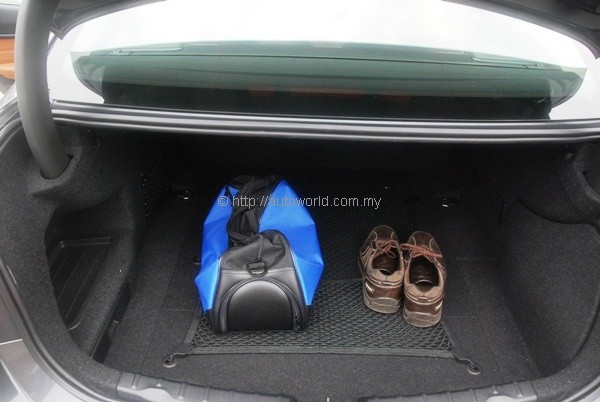 |
| BMW packaged the battery pack well enough to leave decent boot space. |
Driving Impressions
At full pelt, the ActiveHybrid 3 flies like a 335i; given a long enough highway, it will zoom past the double ton with consummate ease. Even on its own, the turbocharged six-cylinder mill was quite capable in making a ballistic missile out of whatever car you care to fit it into; adding a further 55hp into the mix didn’t hurt that case one single bit. Long story short, the AH 3 was not found wanting when we gunned it – be it on the highway or the winding roads up Genting Highlands.
Worth a closer inspection in the ActiveHybrid 3 is its low speed behaviour, and we were particularly keen to see if BMW’s much-maligned auto start/stop system turned out better refined in a hybrid application. On the move transitions are seamless, but at a full stop, you still get the same kind of cabin judder that happens in a regular petrol BMW. Good thing that the electronics try to start you off from standstill in full EV mode whenever before cranking the engine on the move. Unlike the regular petrol BMWs, the ActiveHybrid 3’s auto start/stop system does not have an ‘off’ switch.
Besides facilitating smoother operating of the auto start/stop system, the ActiveHybrid’s ability to sustain full EV operations, albeit in short distances, means you can crawl through traffic jams or hunt for parking spots without burning unnecessary fuel. But bear in mind that you still have a turbocharged 3.0-litre engine up front, so when this thing does burn petrol, it won’t be at a minute rate. At the end of our four-day period with the AH 3 test car, its trip computer returned nearly double the rated consumption figure at 11.0 l/100km – certainly not 320i economy.
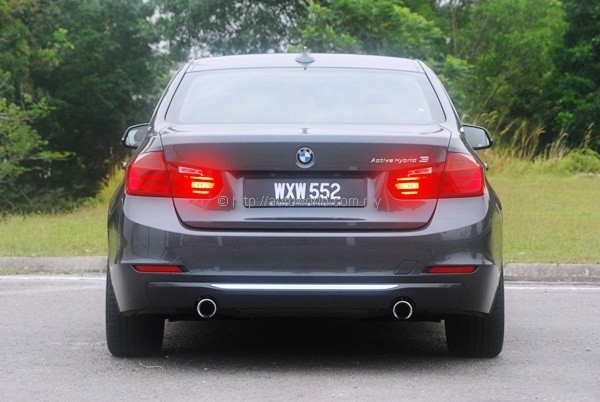 |
Verdict
With the ActiveHybrid 3, BMW is essentially offering you a vehicle that is capable of playing the role of a full-fledged sports sedan when you gun it, but pleasingly transforms itself into a zero emissions EV in heavy urban traffic or when you are crawling through parking lots. It is not particularly economical at the final tally, but you are minimizing wasteful burning of petrol in worthless occasions – you are making every drop count.
The ActiveHybrid 3 is not the car to buy if you’re really looking to save fuel or the planet. Economically speaking, you’re better off with any of the four-cylinder variants of the 3 Series, all of which offer superb combinations of performance and economy, the 320d in particular. The ActiveHybrid 3’s appeal lies actually in its performance and its case makes sense only when you compare it against the 335i, against whom the AH 3 is cheaper, more powerful, and more economical.
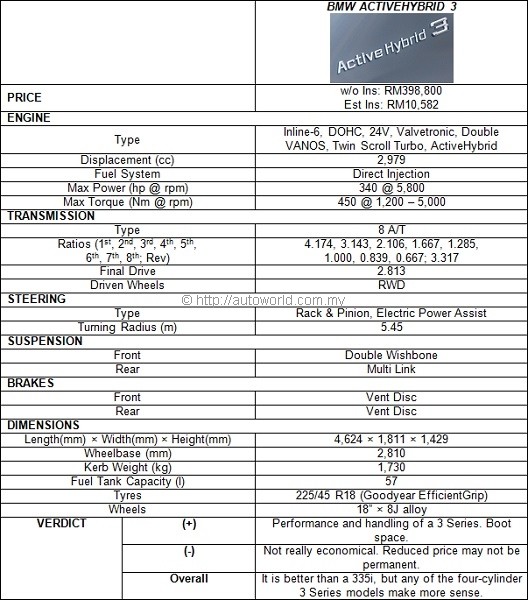 |




